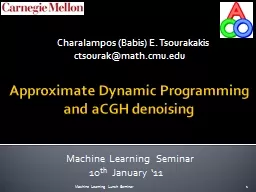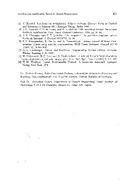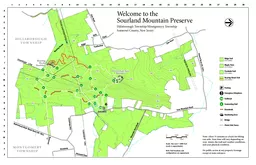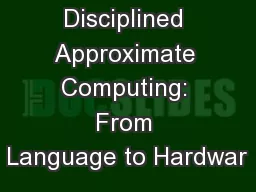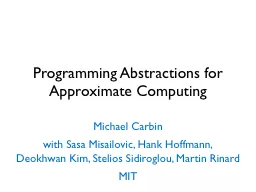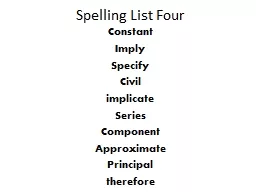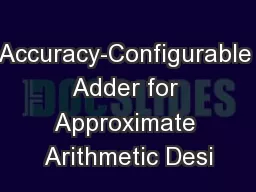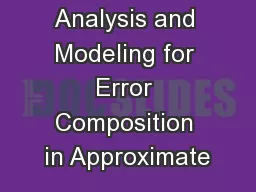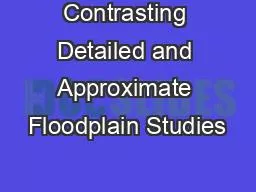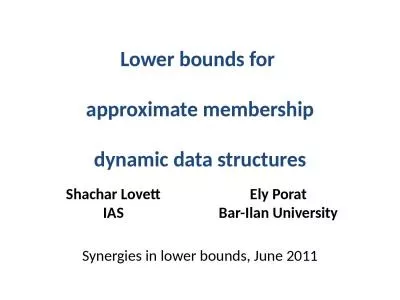PPT-Approximate Dynamic Programmin
Author : alida-meadow | Published Date : 2016-07-23
g and aCGH denoising Charalampos Babis E Tsourakakis ctsourakmathcmuedu Machine Learning Seminar 10 th January 11 Machine Learning Lunch Seminar
Presentation Embed Code
Download Presentation
Download Presentation The PPT/PDF document "Approximate Dynamic Programmin" is the property of its rightful owner. Permission is granted to download and print the materials on this website for personal, non-commercial use only, and to display it on your personal computer provided you do not modify the materials and that you retain all copyright notices contained in the materials. By downloading content from our website, you accept the terms of this agreement.
Approximate Dynamic Programmin: Transcript
Download Rules Of Document
"Approximate Dynamic Programmin"The content belongs to its owner. You may download and print it for personal use, without modification, and keep all copyright notices. By downloading, you agree to these terms.
Related Documents

